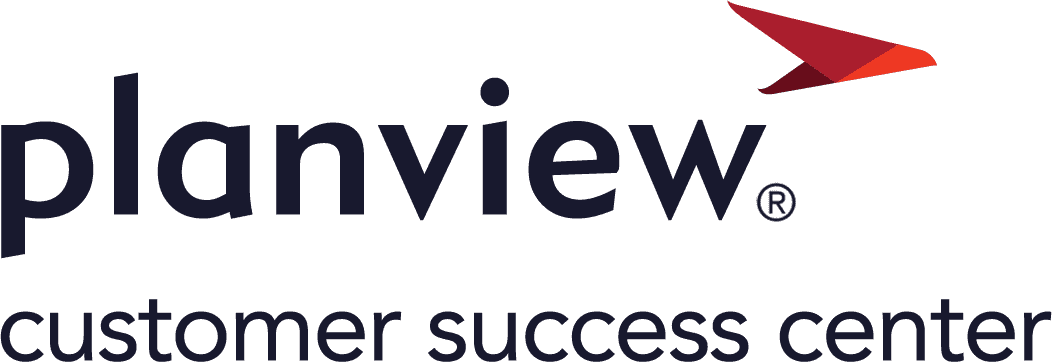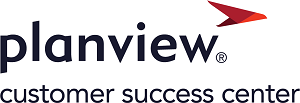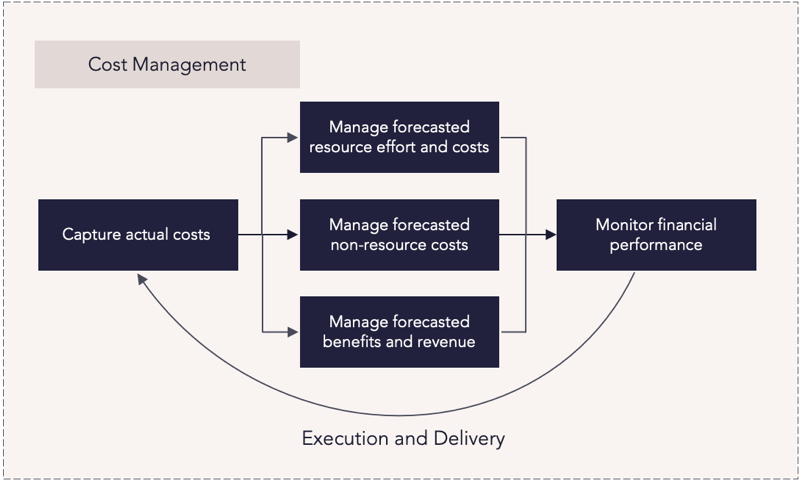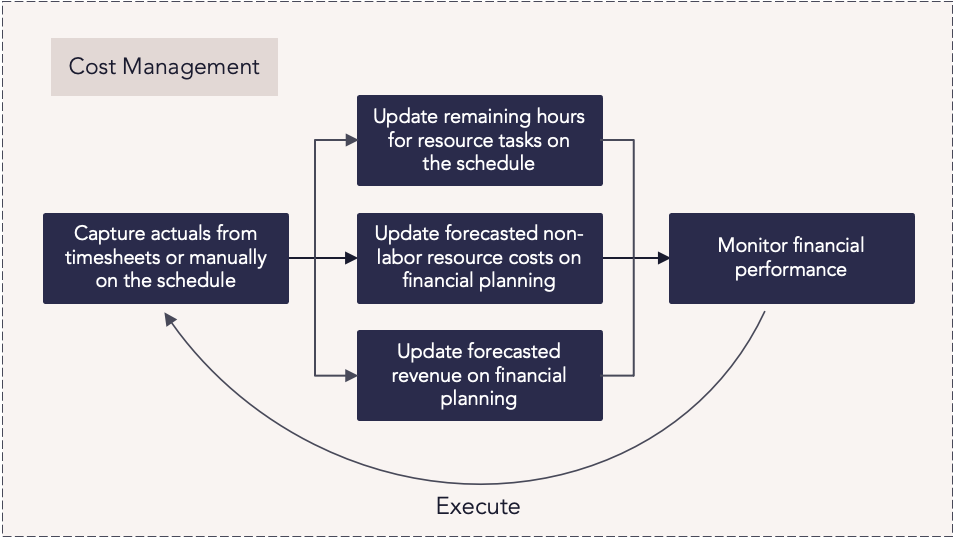Process flows
Processes and Reports
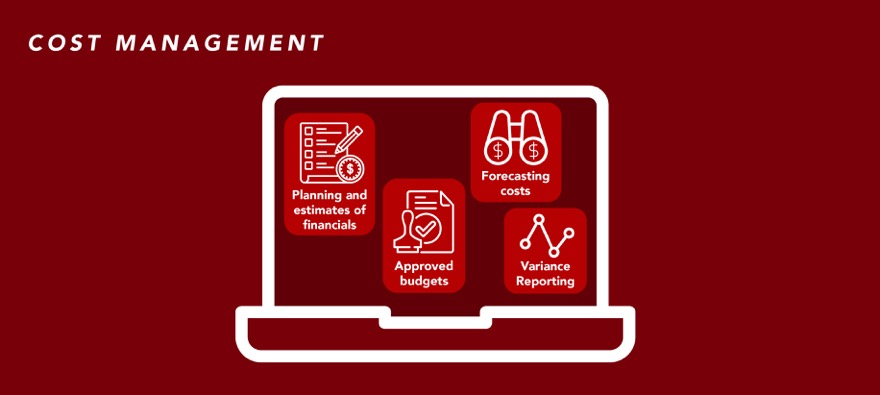
The cost management capability supports the capture of actual labor and non-labor costs for products, programs, and projects. Costs may be rolled up from the financial plan, automatically captured from timesheets, or entered manually. Cost management and analysis is performed through the tracking and comparison of costs to date, forecasts to complete costs, and plan to actual for variance reporting. By allowing financial managers to track the current performance of costs against the forecasted budget, this information can be used to make informed decisions and manage exceptions.
Best Practices
Build a single source of truth
Organizations should strive to standardize their financial processes so that the platform becomes the single source of truth for tracking all costs and benefits. When everyone is using the same processes and categories to define costs and benefits, you’ll be able to make accurate decisions and understand the financial status of each project and the entire portfolio.
Maintain accurate data
Financial plans need to be accurate so appropriate decisions can be made. This includes the original project budget and the ongoing tracking of actuals against the budget. For actual costs and benefits that are not automatically loaded, managers should ensure they are updating the financial plan in a timely fashion and with the most current information to enable accurate analysis of how projects are performing to plan.
Establish clear cost controls in planning
Cost control is established to ensure investments stay on track, do not experience cost-overrun, and maximize revenue and benefits. During planning investments should have accurately defined fixed versus variable costs, cost of labor and materials and the expected ROI. Within execution variance tracking of actual costs to plan, having change control established, and any other cost controls in place will allow for easily identifying areas of overspend to which strategic decisions can then be made on the investment portfolio.
Accurately track labor costs
Labor costs are one of the highest expenses organizations contend with. Organizations can ensure their labor costs are accurate by: defining resources as employee or contractors; having specific rates set up by resource type, role or named individual which are time-boxed; allowing for rate overrides to be set when needed; and correctly tracking added cost for overtime.
Understand contractor and employee ratio and costs
Organizations should periodically review the ratio of contractors to employees and the related cost to maintain the "happy balance" of labor cost savings and peak functionality.
